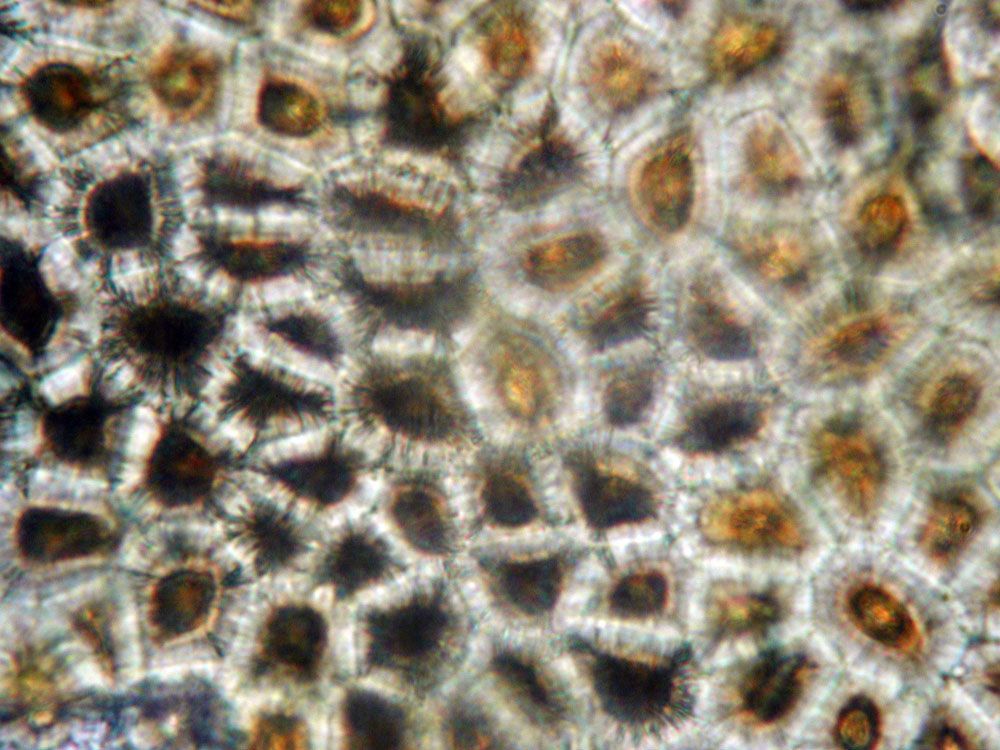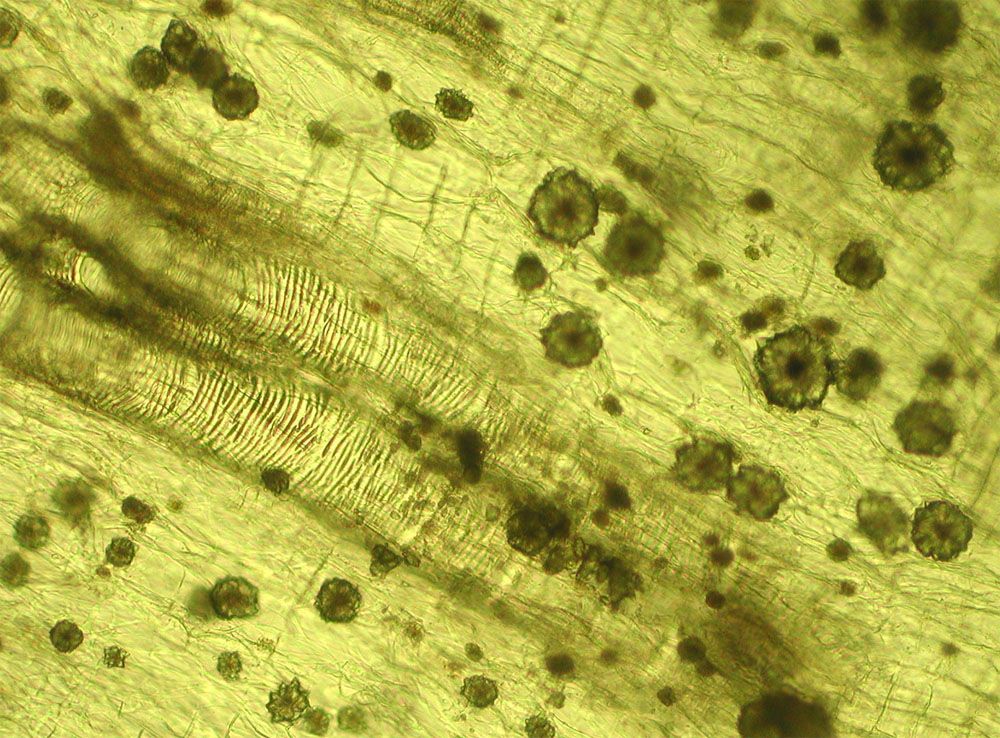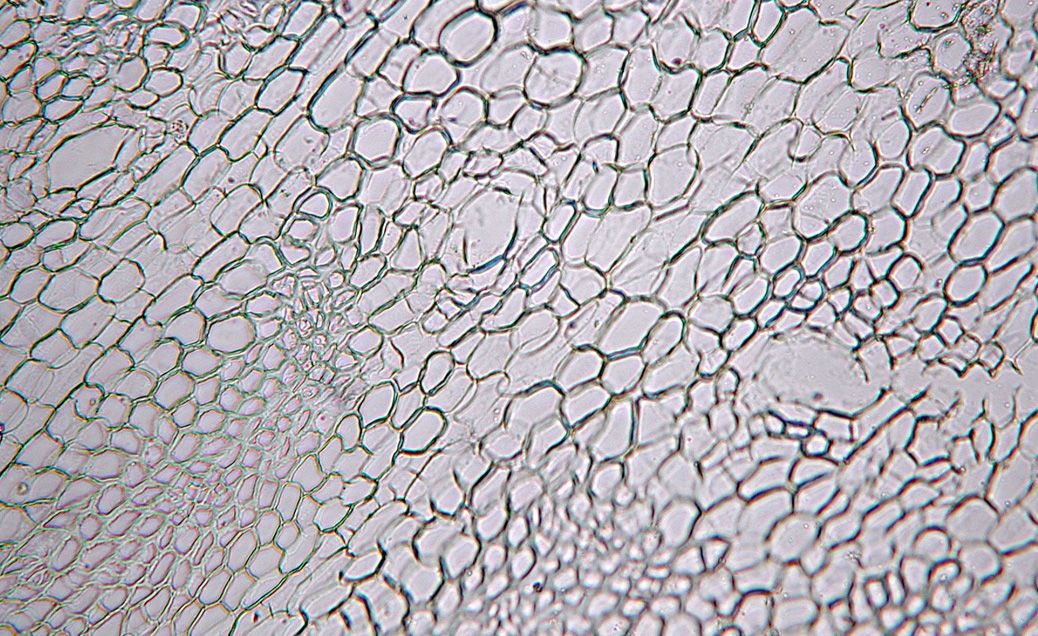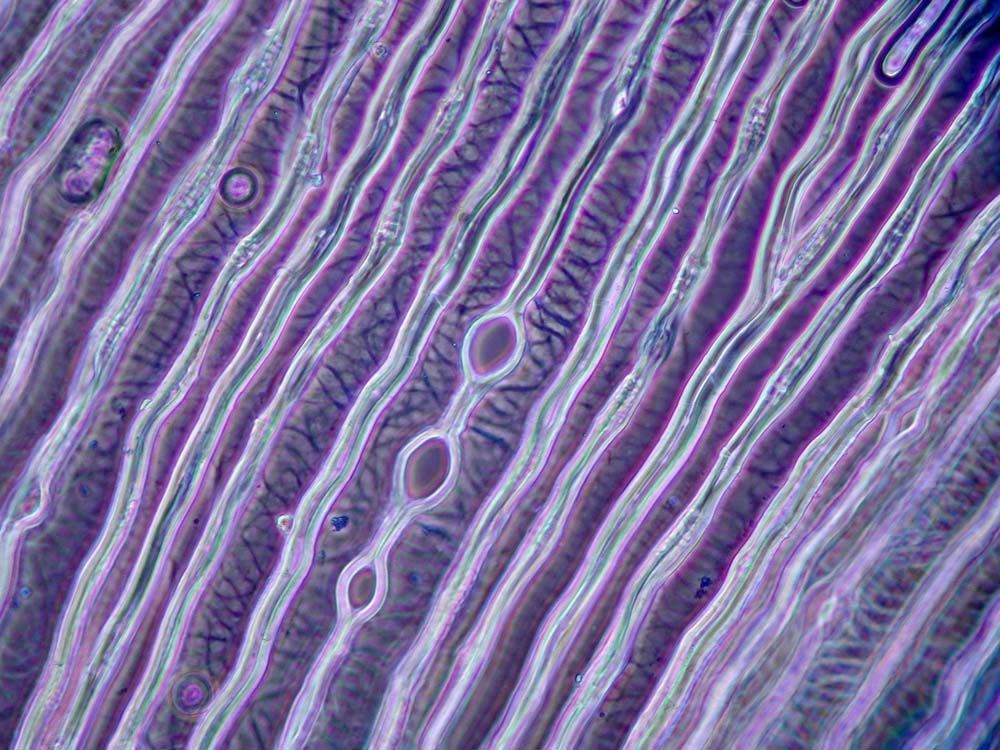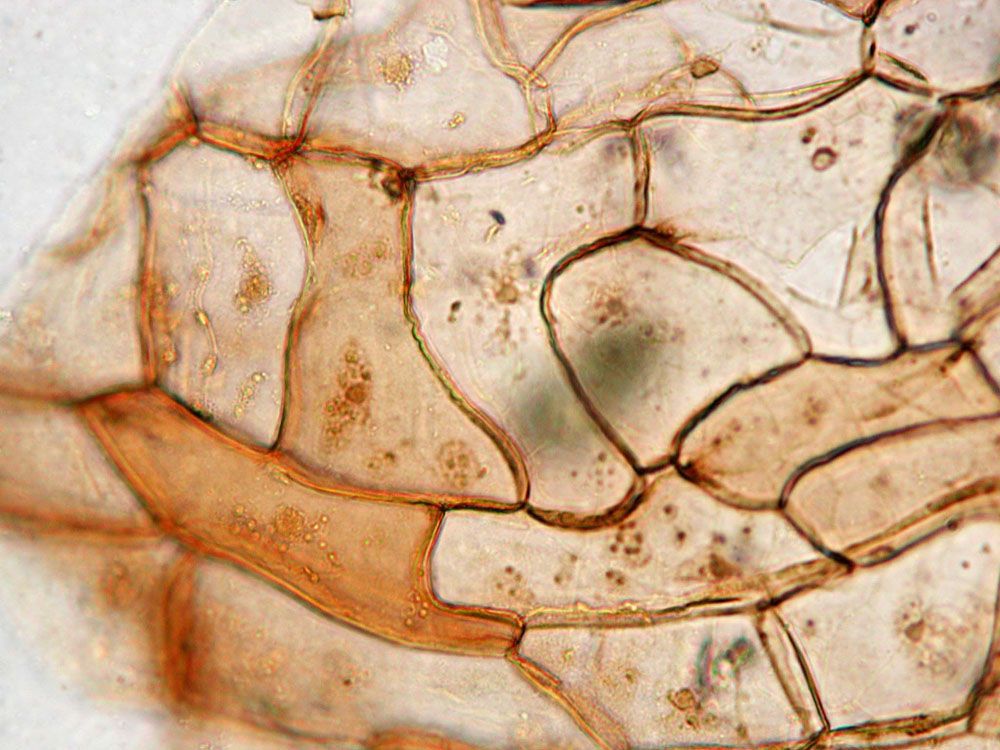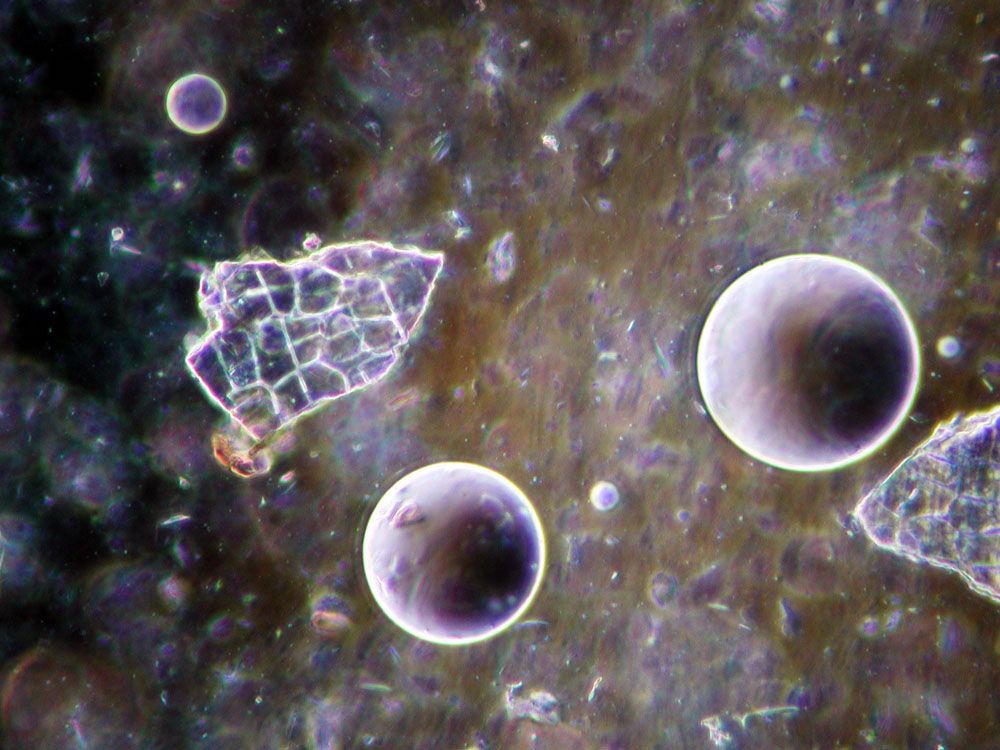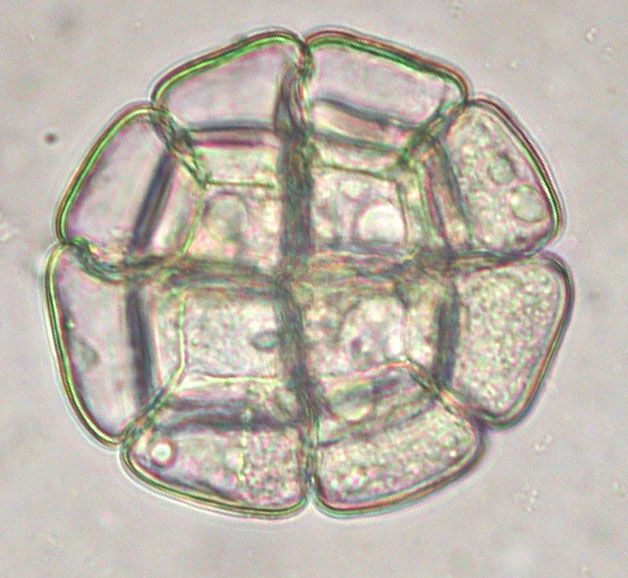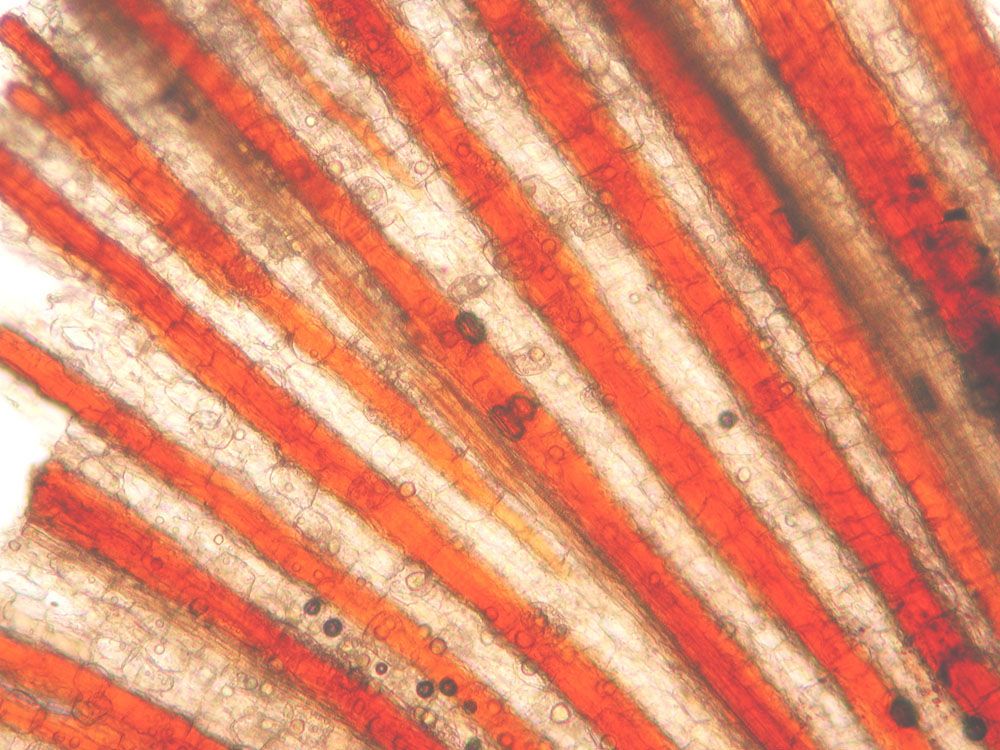Aconitum Herbs
Aconiti Radix cocta (praeparata) (zhi chuan wu), Aconiti lateralis Radix praeparata (fu zi) and Aconiti kusnezoffi Radix cocta (praeparata) (zhi cao wu) are essential herbs in Chinese Medicine (TCM). All Aconitum species are highly toxic, drugs derived from them require adequate processing. Inadequate processing or overdoses, often under „folk medicine“ conditions [1],such as Aconitum tubers being consumed as a food, sometimes in vast quantities [2], has led to many deaths in China and Hong Kong - here particularly during the period under British rule with no regulation of Chinese Medicine.
Aconiti Radix cocta (praeparata) (zhi chuan wu), Aconiti lateralis Radix praeparata (fu zi) and Aconiti kusnezoffi Radix cocta (praeparata) (zhi cao wu) are essential herbs in Chinese Medicine (TCM). Aconiti coreani Radix praeparata (zhi guan bai fu) also plays a role. These species rank among the highly toxic drugs in Chinese Medicine and have been responsible for many deaths in China and Hong Kong - here particularly during the period under British rule with no regulation of Chinese Medicine. These cases, however, can largely be traced back to misuse, such as inadequate processing or overdoses, often under „folk medicine“ conditions [1]. Aconitum tubers are also consumed in southern China as a food, sometimes in vast quantities, with corresponding outcomes [2].
The various Aconitum species have a long history, spanning many countries, from use as arrow poisons, to agents of murder and suicide, to medicinal applications which also include incidences of poisoning. Extractum Aconiti, later the pure substance aconitine, was listed in the German Pharmacopoeia up until 1948. Unlike in European medicine, the Chinese knew as early as 1800 years ago to detoxify the drug, without affecting its therapeutic impact.
The critical toxic alkaloids of the Aconitum herbs are aconitine, mesaconitine and hypaconitine. The first two are of similar toxicity, while the latter is approximately only one fifth as toxic. For humans approximately 1.5 to 6 mg of aconitine are lethal [3]. These compounds are diester diterpenoid alkaloids. Through hydrolysis, acetic acid is separated, producing the substances benzoylaconine, benzoylmesaconine and/or benzoylhypaconine which have approximately one 200th of the original toxicity [4]. A further process of hydrolysis produces the substances aconine, mesaconine and hypaconine, whose toxicity has in turn been reduced by the same factor. Hydrolysis is mainly carried out through long soaking in water or a saline solution, followed by heating in this liquid and/or steaming. The processed drugs in animal tests (LD50 for mice) are roughly one 200th as toxic as the raw drugs [5].
Symptoms of poisoning
The first symptom of an overdose of Aconitum is paresthesia of the tongue, usually described as a burning sensation. This should be taken as a warning to check the quality of the drug and its dosage and/or to reduce the dose. In the later stages of poisoning paresthesia can spread to the whole body, and dizziness, nausea and vomiting may occur, also stomach pain and diarrhea. Serious side effects of cardiac nature include palpitations, hypotension, chest pain and arrhythmias (heart block, ventricular tachycardia, ventricular fibrillation), which are the most prevalent causes when death occurs. Neurological effects include muscle weakness, paralysis and impaired consciousness. For those who survive intoxication, recovery sets in after approximately 30 hours, with no lasting harm. There is no known definitively effective drug treatment for the arrhythmias.
Sensitivity to poisoning is generally very different intraindividually, and this also applies to the Aconitum herbs. According to case reports a 59 year-old woman died of ventricular fibrillation after taking 5 daily doses of 10g Aconiti kusnezoffii Radix praeparata (zhi cao wu) [6]; on the other hand a 59 year-old woman survived after taking unprocessed Aconiti Radix plus Aconiti Kusnezoffii Radix, in total 50g within 2 or 3 days, with symptoms only occuring after the 3rd dose [7]. Of course, the type of pretreatment and quality of the drugs play a role.
With adequate processing of the Aconitum herbs, as is customary in Europe, with appropriate dosage and adherence to contraindications, no serious side effects are to be expected. Typical values for the diester diterpenoid alkaloids in Europe are very low or below the detection limit. The Chinese Pharmacopoeia allows reasonably high values of 0.020% (fuzi, equal 200 µg/g) and 0,040% (chuan wu and cao wu, equal 400 µg/g), respectively. Should a medicine fully utilize this range and be administered in excessive doses as part of the Fire School, this may present a serious risk, even though to date no such cases are known in Europe.
In Europe, only one single case of Aconitum poisoning caused by a (presumably) Chinese remedy has been documented: It concerns the accidental peroral intake of a product intended for skin application by a Chinese patient in London. Aconitine intake was estimated at 1 to 5mg; the patient survived the intoxication involving ventricular fibrillation [8]. The Japanese Pharmacopoeia specifies a maximal total amount of 450 µg for all diester alkaloids per g Aconiti Radix (0.045%) [9], which appears to be a sufficiently safe value. In the course of a clinical study in Japan an Aconitum extract with a total diester alkaloid content of 86 µg/g was administered in a dose of up to 6g, together with other medicines. Among the 593 patients there were only 5 cases of mild side effects [10].
Conclusion
Aconitum drugs should only be obtained from reliable sources, and the maximal doses, contraindications and precautions heeded (see below). Should side effects such as paresthesia of the tongue or nausea occur, the quality of the drugs and the dosage should be checked. In case of doubt, test results for diterpenoid alkaloids should be requested from the supplier. Co-medication of Aconitum herbs with Evodiae Fructus (wu zhu yu) or digitalis must be avoided because these use a similar pharmacological principle (Na+/K+ pump); antiarrhythmic drugs may cause hazardous interactions, too. Under adherence to these provisions, the Aconitum herbs - being essential herbs in Chinese medicine - present no significant risk.
Cautions for the use of Aconitum herbs
Maximal doses
Aconiti lateralis Radix praeparata (fu zi), 15g
Aconiti Radix cocta (praeparata) (zhi chuan wu), 3g
Aconiti kusnezoffi Radix cocta (praeparata) (zhi cao wu), 3g
Contraindications
Heart conditions (heart failure, coronary heart disease, cardiac arrhythmias), pregnancy, lactation, co-medication with Evodiae Fructus (wu zhu yu), digitalis or antiarrhythmic drugs
Caution with
Children, elderly patients, yin deficiency, yang excess, heat excess, co-medication with Ephedrae Herba (ma huang), Periplocae Cortex (xiang jia pi) or Fossilia Ossis Mastodi (long gu)
Sources
- Chan TY. Incidence and causes of Aconitum alkaloid poisoning in Hong Kong from 1989 to 2010. Phytother Res 2015;29:1107-11
- Chan TY. Aconitum alkaloid poisoning related to the culinary uses of aconite roots. Toxins 2014;6:2605-11
- Blaschek W, Ebel S, Hackenthal E, et al. Aconitum. Hagers Enzyklopädie der Arzneistoffe und Drogen. 6. Aufl. Bd. 1. Stuttgart: Wissenschaftliche Verlagsgesellschaft mbH, 2007:257-278
- Sato H, Yamada C, Konno C, et al. Pharmacological actions of aconitine alkaloids. Tohoku J Exp Med 1979;128:175-87
- Hikino H, Yamada C, Nakamura K, et al. [Change of alkaloid composition and acute toxicity of Aconitum roots during processing] (Japanese). Yakugaku Zasshi 1977;97:359-66
- But PP, Tai YT and Young K. Three fatal cases of herbal aconite poisoning. Vet Hum Toxicol 1994;36:212-5
- Lin CC, Chan TY and Deng JF. Clinical features and management of herb-induced aconitine poisoning. Ann Emerg Med 2004;43:574-9
- Kolev ST, Leman P, Kite GC, et al. Toxicity following accidental ingestion of Aconitum containing Chinese remedy. Hum Exp Toxicol 1996;15:839-42
- Ministry of Health Labour and Welfare. The Japanese Pharmacopoeia XVI. Edition, English Version. 2011
- Nagasaka K, Tatsumi T, Natori M and Hikiami H. Study of Shuchi-Bushi, a powder type of Aconiti Tuber after being autoclaved, especially concerning side effects. Usage and dosage of shuchi-bushi from this study. Kampo Med 2005;56:797-800





